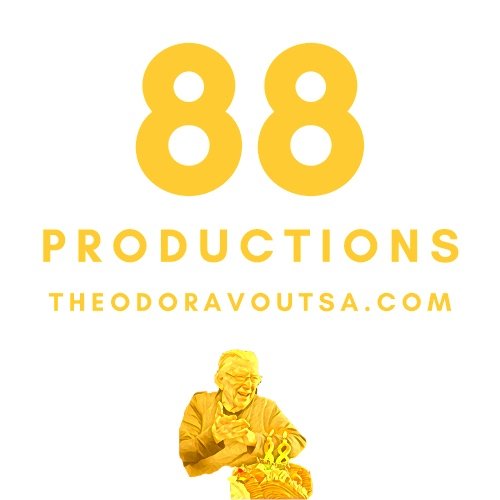ON CAMERA PRESENCE BY THE LOS ANGELES METHOD
Beyond the Lens: The Art of Going on Camera
In the digital age, the power of video has become an indispensable tool for communication, education, and entertainment.
Whether you're a content creator, a business professional, or simply sharing your personal stories with the world, going on camera is more than just standing in front of a lens. It's an art, a craft, and a skill that requires careful consideration and preparation. In this article, we will explore the multifaceted world of on-camera presence and list the things you should pay attention to before creating a video.
1. Content and Message
The very foundation of a compelling video lies in the content and message you wish to convey. Before stepping in front of the camera, take the time to thoroughly plan and script your content. Define your goals, key points, and the story you want to tell. A clear and concise message will captivate your audience and keep them engaged.
2. Know Your Audience
Understanding your target audience is paramount. Tailor your content to their interests, preferences, and needs. Consider the language, tone, and style that will resonate most with your viewers. This knowledge will help you connect with your audience on a deeper level.
3. Setting and Background
Pay attention to your filming environment. Your setting and background should complement your message and enhance the visual appeal of your video. Make sure the background is clutter-free and unobtrusive. Lighting is crucial, too – natural light or well-placed artificial lighting can greatly impact the overall quality of your video.
4. Wardrobe and Appearance
What you wear can influence how your audience perceives you. Dress appropriately for the subject matter and your target audience. Avoid distracting patterns and colors that may not translate well on camera. Additionally, personal grooming and makeup can make a big difference in your on-screen presence.
5. Rehearse and Practice
Being comfortable on camera often comes down to practice. Rehearse your script and delivery multiple times before recording. This will help reduce nervousness and ensure a smoother, more natural performance. Consider recording practice runs to identify areas for improvement.
6. Body Language and Facial Expressions
Your body language and facial expressions play a crucial role in conveying your message. Maintain good posture, make eye contact with the lens, and use gestures that complement your words. Smiling and showing enthusiasm can help establish a positive connection with your viewers.
7. Speaking Skills
Clear and articulate speech is essential for effective communication on camera. Slow down your speech slightly, enunciate words, and modulate your tone to keep your audience engaged. Avoid filler words like "um" and "uh" as they can detract from your message.
8. Audio Quality
Don't overlook audio quality. Invest in a good microphone and minimize background noise. Poor audio can ruin an otherwise well-prepared video.
9. Editing and Post-Production
After the recording is done, skilled video editing can significantly enhance the final product. Trim unnecessary segments, add captions or graphics, and improve the overall visual and auditory quality.
10. Confidence and Authenticity
While technique and preparation are crucial, remember to be yourself. This is a major segment in our training at the On Camera Presence Programme by The Los Angeles Method. Authenticity and confidence can be powerful assets in front of the camera. Embrace your unique personality and let your passion shine through.
11. Engage with Your Audience
Don't forget to interact with your audience. Encourage comments, respond to questions, and build a community around your videos. This engagement can help you grow your audience and refine your content.
In conclusion, going on camera is a multifaceted endeavor that involves much more than just standing in front of a lens. From content planning and audience understanding to presentation skills and post-production, each aspect contributes to the quality and impact of your video. By paying attention to these elements, you can create videos that inform, entertain, and inspire, and establish a lasting connection with your viewers. So, embrace the art of going on camera and share your story with the world.
If you want to work in more detail on your On Camera Presence, join our programme at The Los Angeles Method by clicking on the link:
http://www.theodoravoutsa.com/thelosangelesmethod
We work on confidence, connection, and personal growth in the realm of on-camera presence. We cover technical aspects, camera angles, visuals, content creation, storytelling techniques and more. We use a dynamic combination of Acting and Personal Development techniques to support you so you can unveil your authentic on-screen self.




